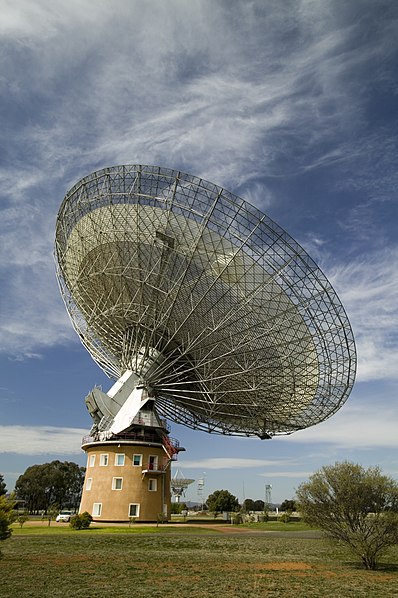Parkes Observatory

Facts and practical information
The Parkes Observatory, situated in New South Wales, Australia, is an iconic facility in the world of radio astronomy. Home to the impressive Parkes Radio Telescope, affectionately known as "The Dish," this scientific landmark has been scanning the heavens since 1961. With a diameter of 64 meters, the Parkes Radio Telescope is one of the largest in the Southern Hemisphere dedicated to observing the universe.
As a planetarium, the Parkes Observatory serves not only as a vital research station but also as an educational hub, attracting visitors keen to learn about space and the role of radio telescopes in expanding our understanding of the cosmos. The facility's visitor center offers a wealth of information, exhibits, and presentations that delve into the science of radio astronomy and the history of the site.
The Parkes Radio Telescope gained international fame in 1969 when it played a critical role in the Apollo 11 moon landing, relaying live television pictures of the historic event to an estimated 600 million people worldwide. This monumental contribution cemented the observatory's place in space exploration history.
Aside from its historical significance, the Parkes Observatory continues to contribute to cutting-edge research, participating in major astronomical surveys and the search for extraterrestrial intelligence. Its location in a radio-quiet zone ensures minimal interference, making it an invaluable tool for scientists probing the mysteries of the universe.






